 I just finished reading an article in a recent issue of the New Yorker entitled The Ponzi State. It talks about the collapse of the real estate market in Florida, specifically in and around the suburbs of Tampa.
I just finished reading an article in a recent issue of the New Yorker entitled The Ponzi State. It talks about the collapse of the real estate market in Florida, specifically in and around the suburbs of Tampa.
The talk of plotted out but undeveloped (or underdeveloped) subdivisions, with streets and street signs and street lights but no houses, or a few scattered houses surrounded by overgrown empty lots, all struck me as eerily familiar: it sounded just like Salton City, California, a place I’ve blogged about and made music about, visited once a decade ago and learned about in a great documentary called Plagues and Pleasures on the Salton Sea.
You see, Salton City was once a speculator’s dream, a boom town that never boomed, a suburban paradise-to-be that never quite managed to happen. In the 1960s a city that would ultimately boast a population of well over 100,000 people was conceived, laid out, and to some extent even built — the streets are there, and in many places even the necessary water, sewer and electrical hookups — but now it’s virtually a ghost town, or at least it would be a ghost town, if it had ever really been a town in the first place.
The Salton Sea is a strange place, a cautionary tale to the rest of us, but few have even heard, much less learned from, its lessons, and it seems now that we’re watching the same story unfold — on a much larger scale — throughout Florida and elsewhere in the wake of the housing bust.
 As a kid I often wondered if the whole “dig a hole to China” idea really held water. I was suspicious that my hole through the center of the Earth wouldn’t actually come out within the boundaries of Asia’s most populous nation.
As a kid I often wondered if the whole “dig a hole to China” idea really held water. I was suspicious that my hole through the center of the Earth wouldn’t actually come out within the boundaries of Asia’s most populous nation.
